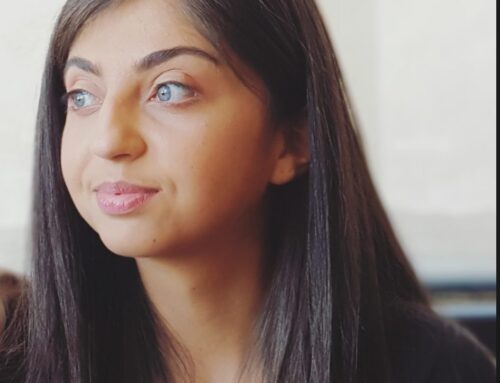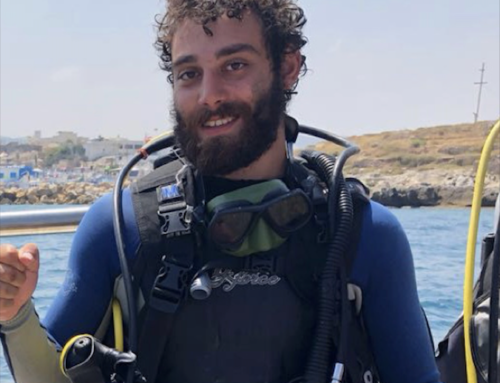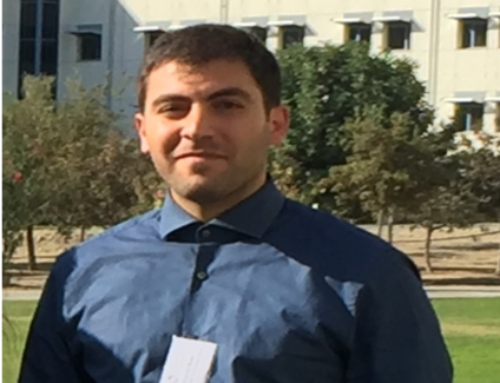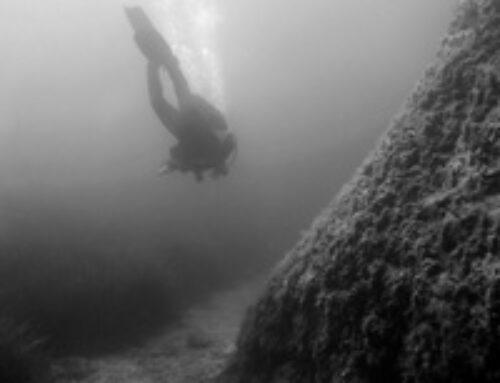Mai Ghanem – 2019 – 2021 – University of Southampton MA Scholar.

In 2018, I was granted an ERASMUS+ Mobility for 3 months in the University of Southampton. During this project, I had the chance to participate in some of the outreach events, and I also joined the Black Sea Map outreach team in a lot of events around the UK. In October 2018, I started to work as a Research Assistant at the University of Southampton with Prof. Sturt on the EduMust project (Education and capacity building in museums studies). My participation in these projects enhanced my knowledge in Museums Studies and how the different technologies can help us to display our heritage.
Furthermore, I received an HFF bursary for attending the “Under The Mediterranean” conference hosted by the University of Cyprus in 2017. In this conference, I presented a poster on my research about maritime museums and preserving Egyptian maritime culture heritage. I also received another bursary in 2019 for attending “The second workshop for underwater 3D recording and modelling” also hosted by the University of Cyprus.
In September 2019, I obtained an MA Scholarship from the Honor Frost Foundation to complete my research about maritime museums and preserving Egyptian maritime heritage through a MA degree at the University of Southampton.
Due to COVID 19 related circumstances, I finished my study at UoS in September 2021, and I was awarded my MA degree in November 2021. Over these two years, I was struggling between Egypt and the UK to finish my studies, I tried to develop my research skills and continue my research in presenting Egyptian maritime cultural heritage.
My MA theses focused on how digital technologies can help present the Egyptian maritime cultural heritage and what are the pros and cons of the digital display compared to the physical display in Maritime museums, knowing that digital display is not common in Egyptian museums. This research is a comparison between the digital display and traditional display in presenting the maritime cultural heritage, Egypt: case study. In order to make this comparison, I chose an object (the last wooden boat on the Nile bank) and recorded it digitally then used the outputs from this experience (a 3D model and 360 tours) to show to different groups of academics, (Archaeologists, Maritime Archaeologists, Non-Archaeologists) and discuss their opinion about both ways of displaying and how the digital display can play a role in the museum’s future.
This project aimed to,
– discuss the theory behind the digital display of objects.
– create a comparison between displaying a real object and its digital copy.
– to see if the digital copy can reflect the same power as the actual object.
– to discuss what are the pros and cons of using the digital display and can the digital display replace the traditional display in some cases.
– Also, the digital display capability of presenting the people behind the object.
As a result of this research, digital ways of recording and display can help researchers and individuals on many levels in the field of maritime archaeology, however, in this research case, it will help to spread the knowledge about our maritime heritage and engage more people which guarantee more safety for our maritime heritage.
Here is a link to the 3D model I created for this research.





